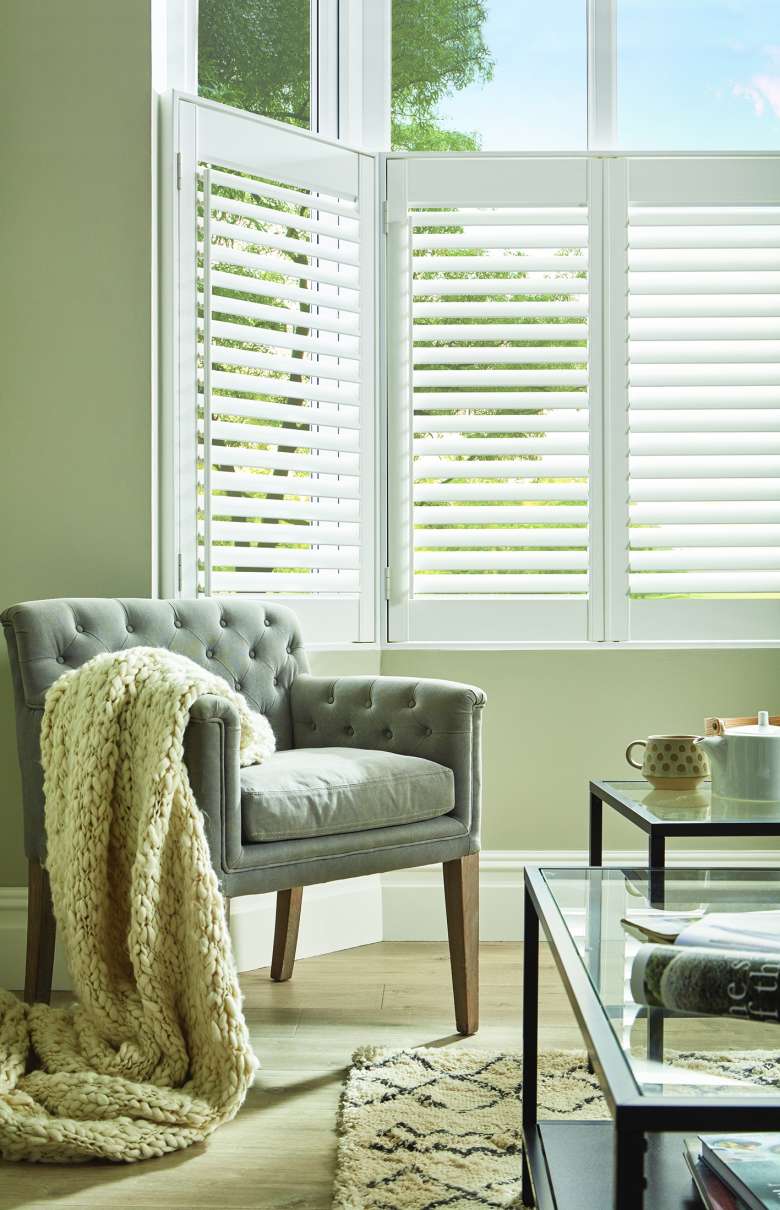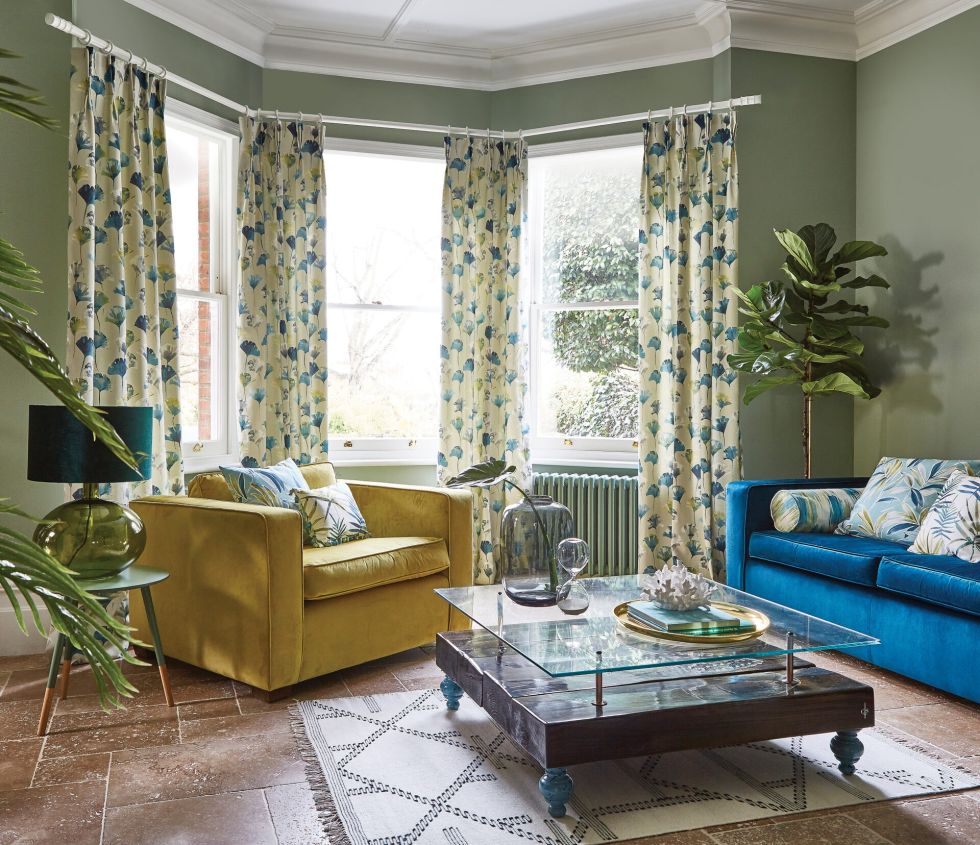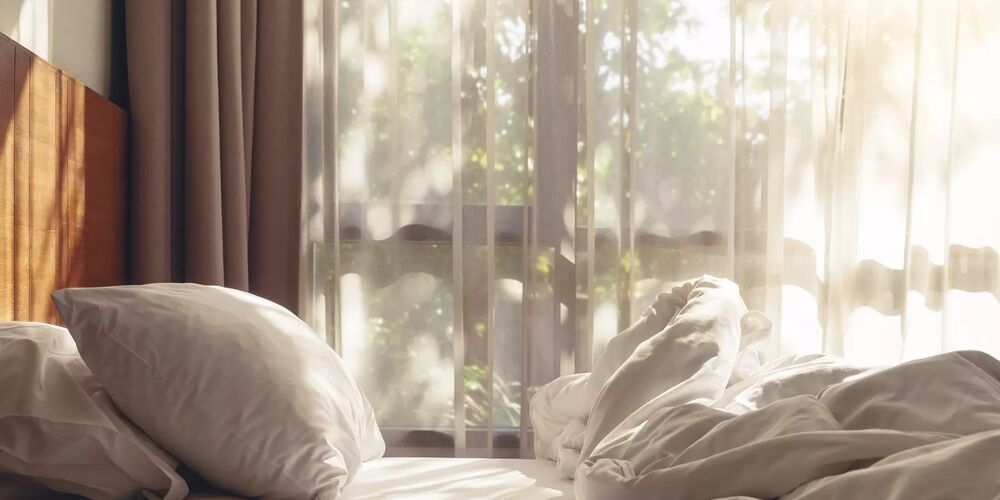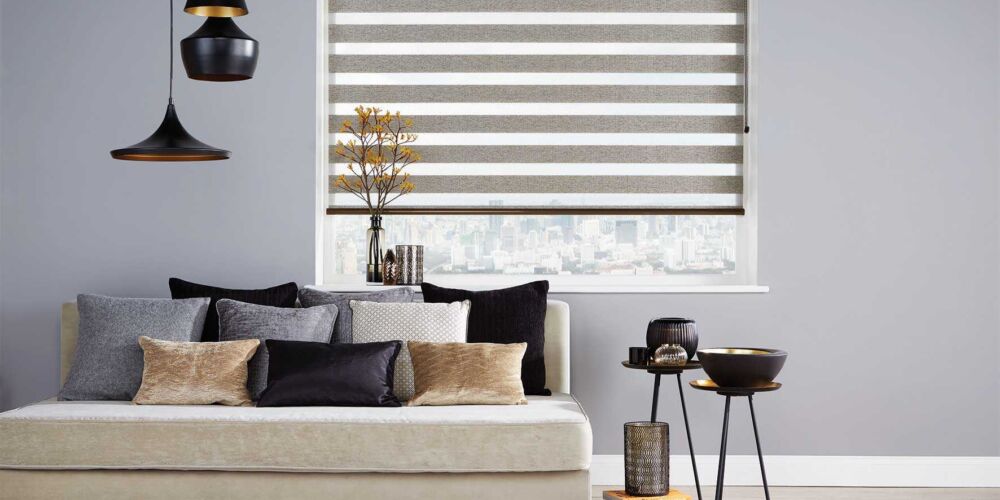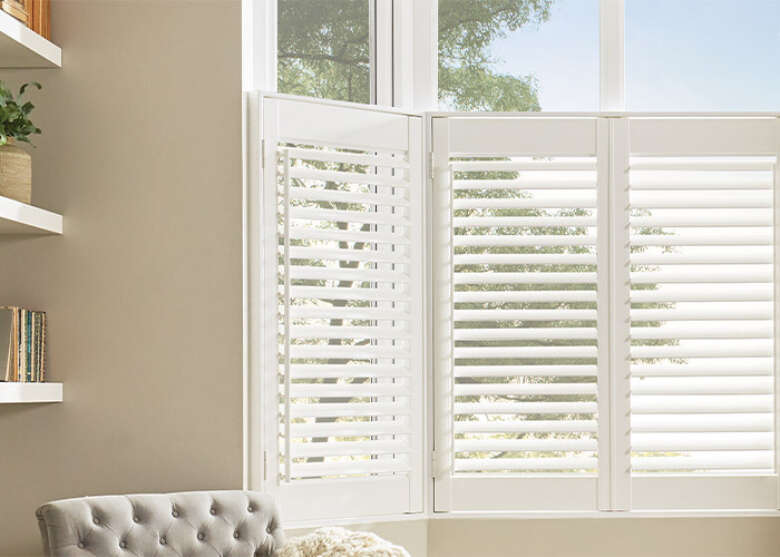
Absolute Journal
Top Tips for Creating a Sustainable Home Interior
In recent years, sustainable home ideas have risen to the forefront of interior design. But what exactly is sustainable interior design, and why is it so popular? More importantly, how can you make your home more sustainable?
What is Sustainable Interior Design?
Sustainability is about creating spaces that not only look and feel good but also do good for the planet. Here are the key elements of living a healthier, more sustainable lifestyle:
- Using sustainable materials: Choosing recycled or rapidly renewable products reduces demand for virgin resources and minimises your environmental impact.
- Conserving energy: This includes incorporating energy-efficient appliances and optimising natural light and heat so your home consumes less power.
- Designing for minimal waste: There’s no shortage of perfectly good second-hand home furnishings just waiting to be claimed. Buying used furniture keeps materials from going to waste and saves you money.
- Supporting your health and wellness: Sustainable design promotes better indoor air quality and supports your overall health by using non-toxic materials and incorporating elements that enhance your comfort and well-being.
- Creating timeless styles and spaces: By selecting durable materials and timeless designs, you reduce the need for frequent and wasteful replacements.
- Being conscientious about your social impact: This involves choosing products from local companies that adhere to fair trade practices and uphold ethical labour standards.
The benefits of living sustainably are numerous. From reducing your carbon footprint and creating a healthier home environment to saving money on energy bills and enhancing your home’s aesthetic appeal, sustainability is the way forward.

Creating An Energy-Efficient Home
Energy efficiency is the cornerstone of sustainable home design, and it all begins with the materials and methods used to build your house. Here are some features to look for when buying or building a home that can enhance energy efficiency:
- Airtight, insulating windows: Tightly sealed windows with good insulation properties can drastically reduce heat loss in winter and heat gain in summer.
- Sufficient insulation: A home with proper floor, wall and loft insulation maintains a more consistent indoor temperature, reducing the need for heating and cooling.
- Concrete subfloor: Concrete is an efficient, sustainable material with excellent thermal mass that helps regulate indoor temperatures and reduces your reliance on heating and cooling.
- Home orientation and features: Thoughtfully orienting your home and including features such as large windows, smart glass and skylights help maximise natural light and minimise the need for artificial lighting.
- Solar panels: Solar is a clean, renewable energy source that reduces your reliance on fossil fuels and cuts down on your electricity bills.

Sustainable Fabrics and Materials
Living in a home with built-in energy-efficient features is a great start. The next step is to fill it with sustainable furnishings and décor. Remember the concept of ‘less is more’, which goes hand in hand with sustainability. Also known as minimalism, this design trend focuses on decluttering, organising and simplifying. Keep these principles in mind as you choose materials to include in your sustainable home:
- Organic linen, cotton and jute: These natural fibres are biodegradable and require fewer resources to produce than synthetic fibres. Look for curtains, roller blinds, upholstery, bedding and rugs made from these materials.
- Recycled polyester: A sustainable alternative to virgin polyester, this material is commonly used in items like carpets, upholstery and window coverings. Recycling polyester reduces waste and saves resources by reusing existing plastic.
- Sustainably harvested timber and bamboo: These materials are used to manufacture everything from flooring and cabinets to window coverings like Venetian blinds and wood shutters. Sourcing timber and bamboo from sustainable forests offers an eco-friendly alternative to non-renewable resources.
- Reclaimed or repurposed wood: You can also give new life to old wood, whether it’s repurposed floorboards or a barn door-turned-coffee table. This not only saves trees but also adds character and history to your interior.
- Linoleum: Linoleum is a natural, biodegradable material made primarily from jute. This characteristic makes it a more eco-friendly choice for flooring than synthetic options like vinyl.
- Recycled glass, ceramic and metal: These durable, recyclable materials can be reused multiple times with no decrease in quality, making them ideal for countertops, backsplashes and decorative accents.
- Upcycled furniture: Do you have an old armoire that has seen better days? Perhaps your sofa has tired, outdated upholstery. Rather than throwing them out, refinish or reupholster these pieces to give them new life. You can also check out charity shops and car boot sales, which often have a treasure trove of furniture ready to add a unique look to your home.
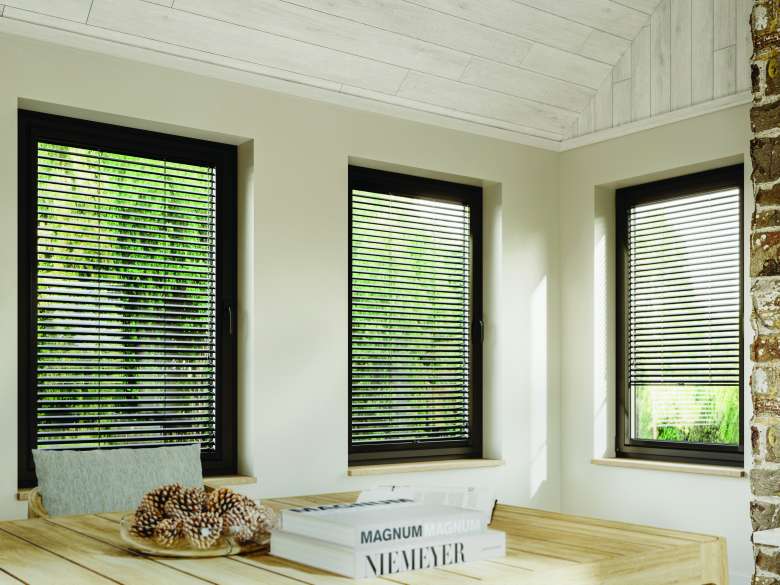
Energy-Efficient Lighting
Artificial lighting is a significant portion of your home’s energy consumption. The right lighting techniques and fixtures can significantly reduce energy usage without leaving you in the dark. Here are some ideas:
- LED light fixtures: Light-emitting diodes (LEDs) use at least 75 per cent less energy and last 25 times longer than incandescent bulbs. They even outperform compact fluorescent lights (CFLs) and come in a pleasing range of colours and light levels.
- Smart bulbs: High-tech LED bulbs can be programmed to turn on and off at specific times of day, conserving energy by ensuring lights aren’t left on needlessly.
- Designs incorporating natural light: Using design elements that maximise natural light, such as reflective wall colours, mirrors and cleverly arranged furniture, brightens your home and reduces the need for artificial lighting.
- Natural light and heat control: Window coverings are vital for controlling a room’s lighting and keeping unwanted heat gain at bay. Good examples include Roman blinds with an insulating thermal lining, blackout blinds with a reflective backing and plantation shutters with adjustable louvres.
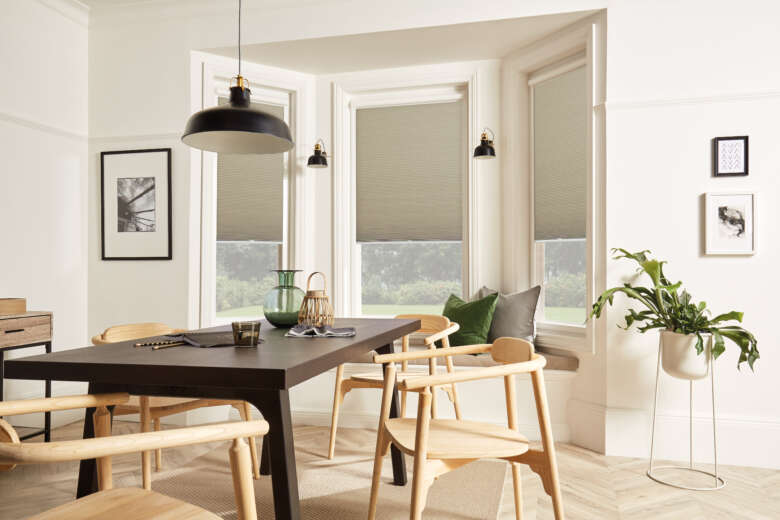
Energy and Water-Saving Fixtures and Appliances
Sustainable interior design focuses on energy and water conservation regarding your daily habits and the fixtures and appliances you install. Here’s what any sustainable home should feature:
- Low-flow showerheads, faucets and toilets: These fixtures use less water than standard models without compromising performance, helping you save water and reduce utility bills.
- Tankless water heater: Unlike traditional storage tanks, tankless water heaters generate hot water on demand, eliminating standby heat loss and resulting in significant energy savings.
- High-efficiency kitchen and laundry room appliances: Look for refrigerators, dishwashers and washing machines with an EU Energy Label rating of ‘A’ or higher. These are the most energy-efficient appliances, and using them can significantly reduce your energy consumption, contributing to a more sustainable lifestyle.
- Efficient HVAC system: An energy-efficient heating and cooling system is also important for reducing energy consumption whilst maintaining a comfortable indoor climate. Again, look for an EU Energy Label rating of ‘A’ or higher for maximum savings. Then, consider installing a solar-powered heat pump or a boiler that runs on biofuels to further reduce your carbon footprint.

Improve your Indoor Air Quality
Creating a healthy indoor environment is a key aspect of sustainable interior design. Here are some recommendations for maintaining good indoor air quality:
- Natural materials: Many synthetic materials used in furniture, carpets and décor can off-gas harmful chemicals. Opt for natural materials wherever possible to avoid this issue.
- Non-toxic paints and finishes: Volatile organic compounds degrade air quality and may cause long-term health problems. Therefore, opt for low- or no-VOC products over traditional paints and finishes to preserve your and your family’s health.
- Houseplants: Certain houseplants are known to purify the air by removing toxins and increasing oxygen levels, including spider plants, snake plants, peace lilies and Boston ferns. Plants also add a touch of nature to your interior, an important aspect of eco-friendly living.
- No smoking indoors: Cigarette smoke contains harmful chemicals that can linger in the air and on surfaces, impacting indoor air quality. If you or your visitors wish to smoke, create a designated place to do so outside.
- Natural fragrances: Using soy or palm wax candles and essential oil diffusers instead of synthetic air fresheners can create a pleasant indoor scent without releasing harmful chemicals.
- Eco-friendly cleaning products: Many conventional cleaners contain chemicals that can impact indoor air quality. Opt for all-natural alternatives, or consider making your own from natural ingredients.
Embrace Sustainability with Help from Absolute Blinds
Are you ready to make your home a sustainable oasis? Absolute Blinds is here to help. As a small, family-run business with 25 years of experience, we can assist with creating a more sustainable home by fitting eco-friendly, made-to-measure window treatments. We offer a wide selection of products designed to enhance your home’s energy efficiency and aesthetic appeal. Call us on 01707 244855 or visit our showroom in Welwyn Garden City today for expert advice on creating a sustainable home interior. Together, we’ll make sustainability a standard, not just a trend!


